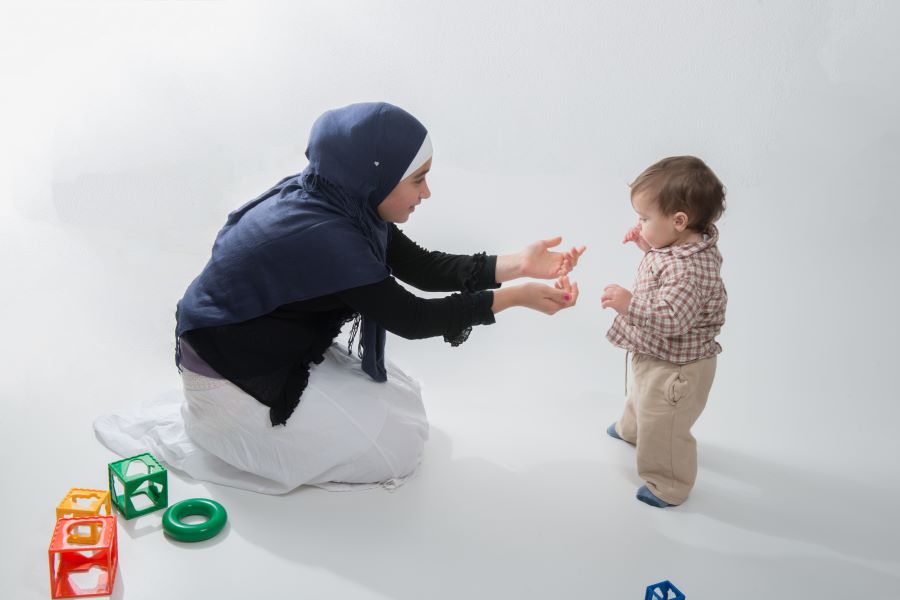Baby Development: Your 12 Month, 3 Week Old

We know you’re busy, but as you’re nearing the major milestone of your baby’s first birthday, it’s a good time to reflect on everything that’s changed since that day almost a year ago when you welcomed your baby into the world. It’s remarkable how much babies change in just that first year!
As your baby enters toddlerhood, this also means you’ll be heading back into the doctor’s office for his or her 12-month checkup. Even if you’re an experienced checkup parent by now (and hopefully you are!), it can still help to prepare for this important visit.
As with all checkups, your provider will review your baby’s growth curves, including weight, length, and head circumference. It is commonly thought that babies should triple their birth weight by 1 year, but this is not a hard and fast rule. What matters most is the general trend of your baby’s growth curve rather than the exact number. If you are concerned, it is a good idea to discuss this with your provider.
In addition to growth, your doctor will also review your baby’s developmental progress. Some babies are walking by one year of age, pointing, waving, and saying “mama” and “dada,” but many are not. Do not worry if your baby has yet to take his or her first steps or meet any of the other above milestones, as long as you are seeing continued progress, this is likely nothing to worry about. It is important to remember that all babies develop at a slightly different pace, but be sure to bring any concerns to your provider’s attention.
Your provider will also likely discuss feeding with you. At one year of age, milk becomes a complement to the diet instead of a staple. Your baby should be eating 5-6 small solid meals a day. If you’re not planning on practicing extended breastfeeding, it is now OK to start whole milk with your baby in place of formula or breast milk, with the goal of 16-20 ounces of milk a day. However, by no means should you feel that you have to wean your baby if you are still breastfeeding. Breastfeeding should continue as long as you and your baby are both still enjoying it. Discuss with your provider how breastfeeding may impact the amount of whole milk you need to give your baby. Your provider will likely begin to discuss weaning from the bottle as well — it is a good idea to make 15 months your goal for getting your baby off of his or her bottle and onto a sippy cup, because it’s much healthier for teeth.
The one-year visit is a big one for vaccines. Expect that your baby will receive his or her first MMR (measles, mumps, and rubella) vaccine, first Varicella (chickenpox) vaccine, first Hepatitis A vaccine, and likely the fourth Pneumococcal vaccine.
It is important to know that the MMR and Varicella vaccines are live vaccines, meaning it takes the body some time to mount an immune response to them. This means that you could see common side effects — such as fever and rash — from these vaccines up to 10-14 days after administration. Be sure to talk to your provider more about this so that you know what to expect and how to treat any related discomfort. In addition to the above vaccines, your baby will likely get a routine blood test to screen for anemia, and your provider may also order a blood test to screen for elevated blood lead levels.
Be sure to get all your questions answered at the 12-month visit since your baby’s next checkup is at 15 months.
It’s time to get excited about your baby’s first birthday party! Find out how to throw a safe one with Dr. Kristie Rivers.
Powered by Bundoo®










